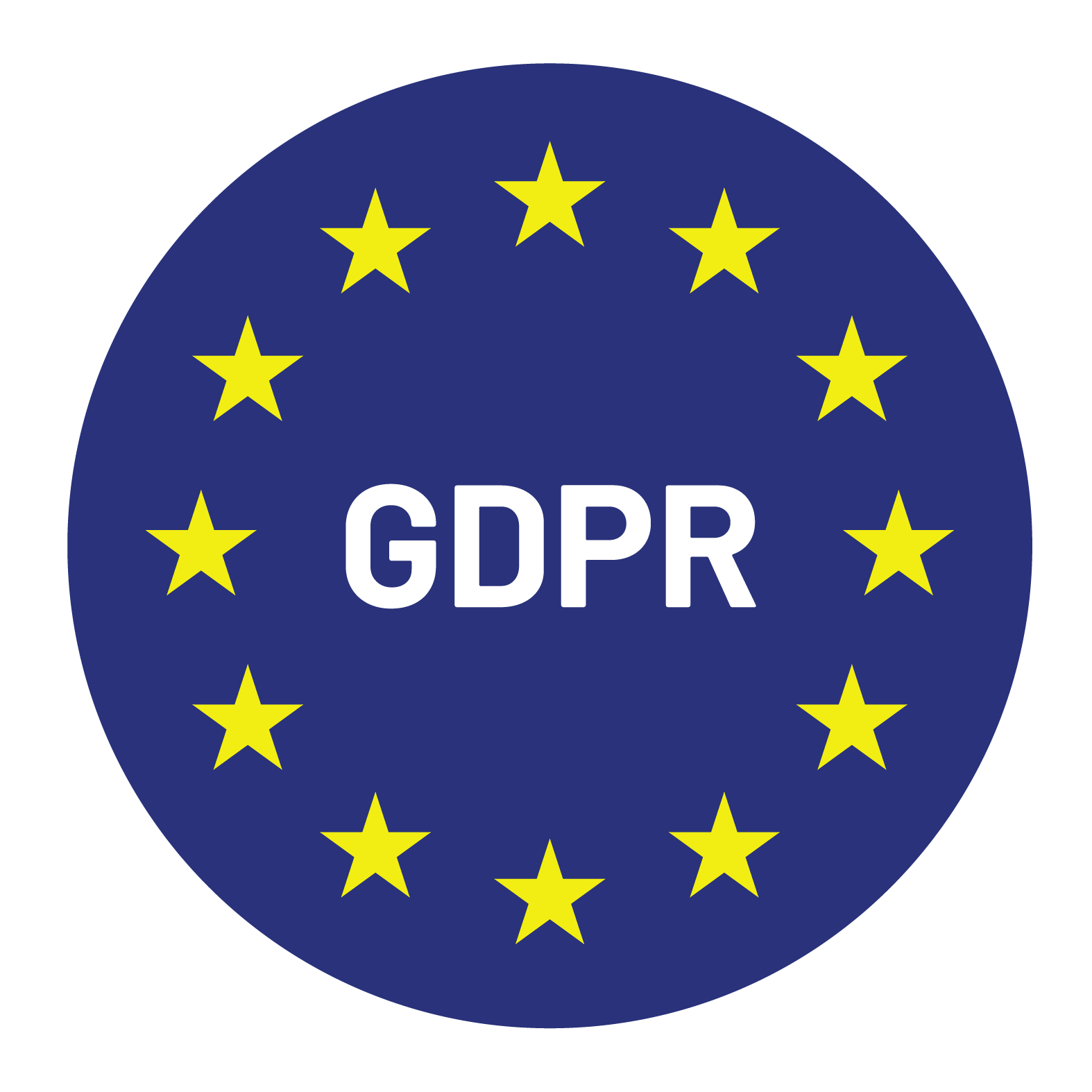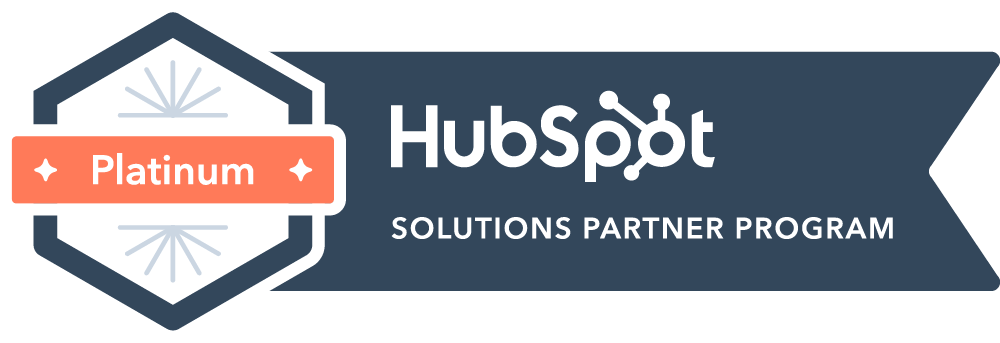

Content Writer for Whistle with multidisciplinary experience spanning over a decade.
B2B sales have changed more in the past five years than it did in the previous two decades. Buyers are no longer responding to high-volume outreach and generic campaigns. They expect tailored experiences that recognize their unique business context, pain points, and specific timing. At the same time, sales and marketing teams are under pressure to drive pipeline growth with greater efficiency.
Since 2020, the typical buying process has lengthened, involving more stakeholders and more digital touchpoints. By 2025, most B2B buyers will report a preference for digital-first research and engagement over phone calls or in-person meetings. LinkedIn’s latest B2B marketing report highlights that over 70 percent of buyers consult at least three digital sources before engaging a vendor. Gartner’s research shows that buyers spend only 17 percent of their purchase journey meeting with potential suppliers.
Cold calling once served as the backbone of B2B sales development. But buyer behavior has moved on. With call screening, mobile-only workforces, and reduced appetite for unscheduled outreach, fewer than two percent of cold calls convert into meetings. Buyers increasingly treat unexpected calls as interruptions rather than opportunities.
Email outreach has faced similar resistance. The sheer volume of sales emails means most never make it past spam filters or are deleted without opening. HubSpot’s 2025 State of Marketing Report notes that email open rates for B2B campaigns have dropped below 15 percent on average. What once felt efficient has become a race to the bottom.
Content marketing remains vital, but generic blog posts, whitepapers, and newsletters no longer generate high-quality leads on their own. Buyers have access to more information than ever, and mediocre content is drowned out quickly. To stand out, companies now require highly relevant and context-rich materials that speak directly to target accounts.
Artificial intelligence has redefined how companies find and qualify prospects. Data enrichment tools can automatically update CRM records with job changes, funding rounds, or expansion signals. This keeps pipelines fresh and ensures outreach is timely.
AI-based scoring goes beyond demographic fit. Predictive models use firmographic, technographic, and behavioral data to assess which accounts are most likely to convert. This eliminates wasted effort on low-potential leads and prioritizes the right opportunities for sales teams.
One of the most significant benefits of AI is the ability to personalize outreach across thousands of contacts. From tailored subject lines to messaging that reflects company-specific challenges, personalization no longer requires manual effort. When executed correctly, it increases engagement rates dramatically and positions sales teams as informed rather than intrusive.
Account-based marketing has become the go-to approach for B2B companies because it aligns sales and marketing on shared high-value targets. Instead of scattering resources across thousands of contacts, ABM concentrates efforts on the accounts most likely to generate revenue. Forrester’s research confirms that companies running ABM see a 200 percent increase in deal size compared to non-ABM strategies.
The returns are difficult to ignore. ABM produces higher conversion rates, stronger relationships, and measurable ROI. It emphasizes quality over quantity, which has proven far more effective in an environment where buyers expect personalized engagement.
Specialized B2B lead providers excel at scaling ABM because they combine intent data, enriched databases, and outbound expertise. By running targeted campaigns on behalf of clients, they eliminate inefficiencies while giving sales teams ready-to-convert opportunities.
Intent data captures signals from buyer behavior such as web searches, content downloads, or product comparisons. It identifies which accounts are actively researching solutions, helping sales teams approach prospects at the right time.
B2B lead providers aggregate intent signals across multiple sources to identify high-priority accounts. They use this intelligence to segment outreach and deliver messaging that resonates with specific stages of the buying cycle.
The difference in outcomes is stark. Campaigns guided by intent data consistently outperform traditional lead generation, with shorter sales cycles and higher close rates. Instead of guessing who might be in-market, sales teams engage accounts that are already signaling readiness to buy.
Generalist approaches no longer work. Lead providers that specialize in sectors like cybersecurity, SaaS, or healthcare bring knowledge of buyer pain points and decision-making processes. This expertise ensures campaigns are relevant and effective.
Regulations such as GDPR and CCPA have made compliance a top priority. Specialized providers maintain databases that are not only accurate but also compliant with privacy standards. This reduces risk while improving efficiency.
For companies looking to scale quickly, building an in-house demand generation team is resource-intensive. B2B lead providers deliver plug-and-play scalability, adding capacity immediately without the costs of recruitment, training, or management.
Whistle has seen firsthand how companies gain from outsourcing to specialists. Our work with global clients shows that pairing enriched data with targeted ABM strategies leads to faster pipeline growth and measurable ROI.
The first step is understanding which tools are working and which are not. Many companies run overlapping platforms that add complexity without delivering value. A thorough audit helps identify gaps and streamline operations.
Shifting to modern lead generation does not need to happen overnight. Start with pilot campaigns targeting a small set of accounts using AI-driven tools or intent data. Measure results, refine the process, and expand gradually.
AI will become even more embedded in prospect engagement. From automated meeting scheduling to conversational intelligence that analyzes buyer sentiment, the tools will make interactions more precise and efficient.
As technology takes over routine tasks, marketing teams will need to focus on strategy, creativity, and relationship-building. Skills in data analysis, content strategy, and ABM coordination will be in high demand.
The gap between sales and marketing has narrowed, but true alignment remains rare. Companies that synchronize these teams around shared metrics and target accounts will outperform those that do not.
The B2B buying process has moved beyond high-volume outreach and generic campaigns. AI, intent data, and account-based strategies have changed how companies identify and engage buyers. Traditional methods still have their place, but they no longer drive growth on their own.
Specialized B2B lead providers now serve as essential partners, offering expertise, technology, and scalable solutions that internal teams cannot easily replicate. For businesses aiming to accelerate sales, the question is no longer whether to adapt, but how quickly.
Whistle works with companies across industries to modernize their lead generation strategies. By combining AI-driven enrichment, intent data, and targeted ABM campaigns, we help clients build pipelines that convert. If you are rethinking your B2B lead generation approach for 2026, explore how Whistle’s expertise can strengthen your strategy and support sustained growth.


© Copyright – Whistle 2023